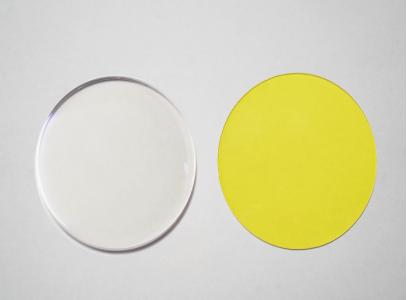In the realm of natural beauty, there is no shortage of fascinating patterns and textures. Among them, the intricate designs found in the grain of ancient wood are particularly captivating. Known for their unique beauty and rich history, these woods are not just a material, but a story of time and craftsmanship. Let us delve into the world of ancient wood grain, exploring its origins, evolution, and the enchanting texture it brings to our lives.
The Origin of Ancient Wood Grain
Wood grain, often referred to as the natural pattern found in the surface of a wooden object, is determined by the tree's growth rings and other factors. Ancient wood grain, as we see it today in antique furniture or architectural elements, has experienced centuries of growth, weathering, and aging. Each piece of ancient wood tells a story of resilience and survival against the test of time.
The Evolution of Wood Grain Patterns
Over the centuries, the patterns and designs in wood grain have evolved. The intricate patterns we see today are a result of environmental factors like soil conditions, climate, and exposure to sunlight. Different species of trees produce different patterns in their wood grain, ranging from straight-grained to interlocked patterns and even those with unique knots and burls. Ancient wood grain often displays a rich tapestry of colors and patterns that are unique to each era and region.
The Enchanting Texture of Ancient Wood Grain
The texture of ancient wood grain is truly a sight to behold. The intricate patterns formed by the growth rings create a unique visual experience that is both captivating and comforting. The natural variations in color and pattern give each piece of ancient wood its own unique identity, making it a treasured material for furniture, flooring, and other decorative elements.
The Role of Wood Grain in Modern Design
Despite the advent of modern materials like metal and glass, the beauty of ancient wood grain continues to captivate designers and homeowners alike. Its rich history and unique aesthetic add a touch of warmth and character to any space. The intricate patterns and natural variations in color provide designers with a blank canvas to create truly unique pieces that are both functional and beautiful.
Moreover, the use of ancient wood grain in modern design is not just about aesthetics. The durability and strength of these woods make them ideal for various applications. Their natural resistance to decay and insects make them a sustainable option for outdoor furniture and other outdoor structures.
The Revival of Ancient Wood Grain
In recent years, there has been a revival in the appreciation for ancient wood grain. As people become more aware of sustainable living and appreciate the beauty of natural materials, the demand for ancient woods has increased. The use of modern techniques like preservation and restoration has made it possible to preserve these woods for future generations.
Moreover, the use of modern technology has enabled designers to create new designs that incorporate the beauty of ancient wood grain. 3D printing and other advanced techniques have made it possible to replicate the intricate patterns and designs found in ancient woods, allowing designers to create truly unique pieces that are both functional and beautiful.
Conclusion
The beauty of ancient wood grain is truly remarkable. Its intricate patterns and rich history make it a treasured material that continues to captivate designers and homeowners alike. As we move forward into a new era, let us remember to appreciate and preserve the beauty of these ancient woods for future generations to come. Through their unique texture and patterns, they remind us of the beauty of nature and the importance of sustainable living.












 京公网安备11000000000001号
京公网安备11000000000001号 京ICP备11000001号
京ICP备11000001号
还没有评论,来说两句吧...